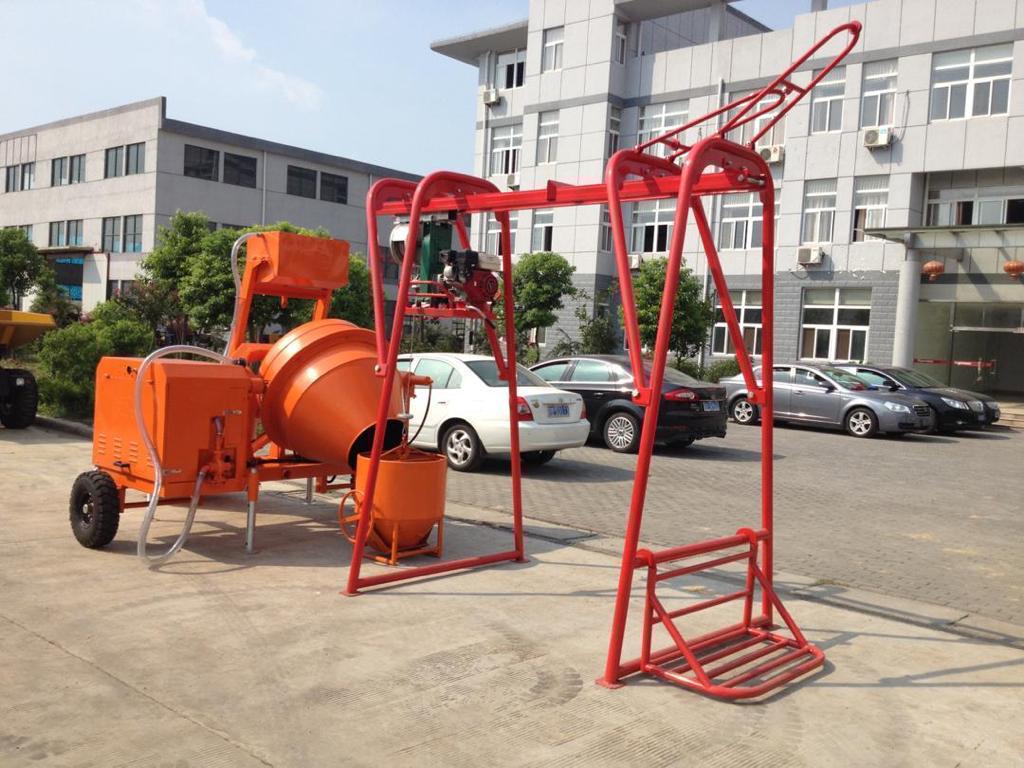- P.O.Box 114811, Dubai, SAIF Zone, Sharjah, UAE
- + 971 50 6433636
- majed@otcglobal.net
Lifting cranes are vital for construction and industry. Over time, technology has made these machines much better. This improvement has changed how we use tower cranes, crawler cranes, hiab cranes, spider cranes, mounted truck cranes, and even small truck cranes. For companies like OTC Power, this means better choices for customers. We will explore how technology has improved lifting cranes and what the future holds for heavy lifting.

Long ago, people used simple cranes. These early cranes needed human or animal power. They used basic pulleys and weights. However, they had limits in height and reach.
Today, lifting cranes use advanced technology. This technology adds precision, safety, and power. From tall tower cranes to flexible spider cranes, technology has made them more efficient.
Modern lifting cranes use strong, light materials. These materials help cranes lift more weight. Tower cranes, for example, can go higher without being too heavy.
Computer systems make lifting cranes safer and more precise. Sensors give real-time data. Operators of crawler cranes and hiab cranes can make better choices.
Telematics helps track mounted truck cranes and pickup truck cranes. Managers see usage, fuel, and needs. This helps OTC Power keep its fleet in good shape.
Big cranes on busy sites use anti-collision systems. These systems stop crashes when cranes work close together.
Load moment indicators are key for safety. They stop overloading in tandem lifts and small truck cranes.
Weather matters for lifting cranes. Spider cranes and tower cranes have sensors. These sensors warn operators about bad weather.
Crawler cranes and hiab cranes can be controlled from far away. This keeps operators safe in risky places.
Some big cranes have semi-autonomous functions. They can move loads and plan paths on their own. This makes work faster and less prone to errors.
Lifting cranes have parts that can be changed. Spider cranes fit indoors, and tower cranes can change height.
Spider cranes are small and flexible. They fit in tight spaces. Their stabilizers work on uneven ground.
Sensors show when lifting cranes need fixing. This stops problems before they happen.
Managers use data from mounted truck cranes, crawler cranes, and hiab cranes. They find ways to work better.
Pickup truck cranes and small truck cranes are easy to move. Light materials help them move between sites.
Some lifting cranes use electric power. This saves fuel and reduces pollution.
Before tandem lifts, operators use 3D software. This finds risks and makes lifts safer.
Digital twins make real-time models of big cranes. This helps with safety and performance.
Modern controls make lifting cranes more precise. They help operators make better choices.
Safety is very important. New technology adds many safety features to lifting cranes.
Spider cranes are perfect for tight spaces. They are flexible and safe.
Telematics and diagnostics help keep lifting cranes in good shape. They help find problems before they happen.
Predictive maintenance helps keep lifting cranes working. It stops costly downtime.
Electric power makes lifting cranes cleaner. This helps the environment.
Technology has changed lifting cranes a lot. They are safer, more efficient, and easier to use. From tower cranes to spider cranes, all cranes benefit. OTC Power knows how important these improvements are. By using modern lifting cranes, businesses can be safer, save money, and work better.
©Copyright 2025. All Rights Reserved. OTC Power